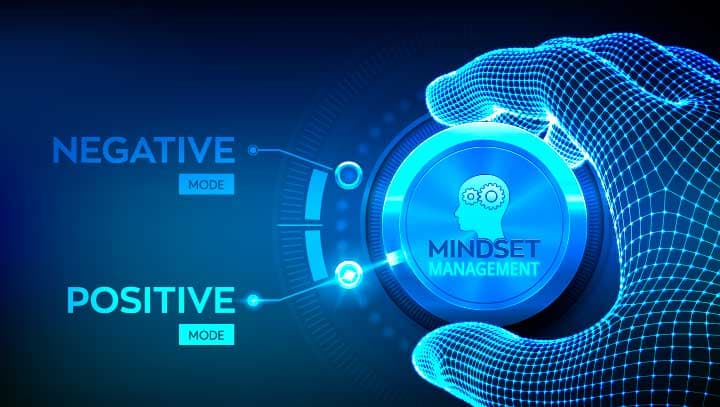Change management is a classic management concept. Since the publication of John Kotter’s book “Leading Change”, organizational transformation approaches have been sharpened. It has been more than 25 years since that methodological impulse and, nevertheless, today it remains a critical issue where failures predominate.
What are the reasons for this low effectiveness?
There are multiple factors, such as: management leadership, lack of vision, not creating a sense of urgency, poor internal communication, lack of involvement and support from the staff due to having a hierarchical style (from top to bottom) or not anchor changes in corporate culture.
In short, too many times change remains as something desirable or theoretical but that does not generate adherence or personal enthusiasm. And, therefore, it is not consolidated or generates real impact.
Today the best change management focuses directly on transforming the personal mindset
Today the best change management focuses directly on transforming the personal mentality, inspiring and involving each employee in the need for change. A model that combines a top-down approach with a more participatory employee process.
Success is once again about people: individual and collective commitment, enthusiasm, maturity and openness to change, beyond very cumbersome or detailed processes and predefined by third parties.
What is mindset management?
Our mentality is a set of attitudes, values, beliefs and perspective on life that we have forged over the years and make us unique. It is also one of the great predictors of personal and professional success and happiness and something determining in our habits and daily performance.
That is why the “new” change management has an impact on transforming this very genuine element of any person, since our results and potential come from our mentality. An element that can speed up or slow down our performance and development. A sum of factors that may seem immutable to us but that are susceptible to evolve if we find the right focus and motivation.
Mindset management relies on aspects such as our “brain plasticity” that facilitates continuous learning or our innate ability to evolve to face risks and take advantage of opportunities.
It also appeals to our maturity and ability to take perspective to change deep aspects of our personality if necessary, with a combination of emotional and rational tools to achieve success and “resonate” with very different personalities.
Our results and potential are based on our mental attitudes, and these can accelerate or slow our performance and development
The most solid, agile and sustainable personal change “is opened from the inside”, as evidenced in coaching. If you really want to change a system or a person deeply and with guarantees, you have to transform their consciousness.
This is the most effective way, as Otto Scharmer indicates, in his good reflection on the new emerging society. It is the complicated and exciting thing about working with people. Without this individual connection, change management will continue to be a frustrating, tedious, costly process with mediocre results in the medium term.
Fortunately, today the “order and command” works less and less. Successful companies today accelerate their changes with the involvement, complicity and collective understanding of the need for change. All this with a strong accompaniment in communication and a progressive approach.
First, it is key to involve a small group of “ambassadors” (ideally the management committee and people with great internal influence) and then to involve the organization. Thus, aspects as susceptible to resistance as new strategies or ways of working can be transformed and consolidated.
Now our future is “inventable” (can be invented) and not inevitable, as Iñigo Manso (an expert in mindset management) explains in this excellent article.
Let’s take advantage of this current context that encourages continuous change to bring traditional change management to a more effective level. Let’s work on the transformation at the deepest and most powerful level possible: that of each person’s mentality.
This article has also been published in Do Better by ESADE
David Reyero Trapiello – Senior HR Business Partner – Sanofi Iberia
e-mail: David.reyero@sanofi.com / Twitter: @davidreyero73 / Linkedin: linkedin.com/in/davidreyerotrapiello/

Leave a Reply